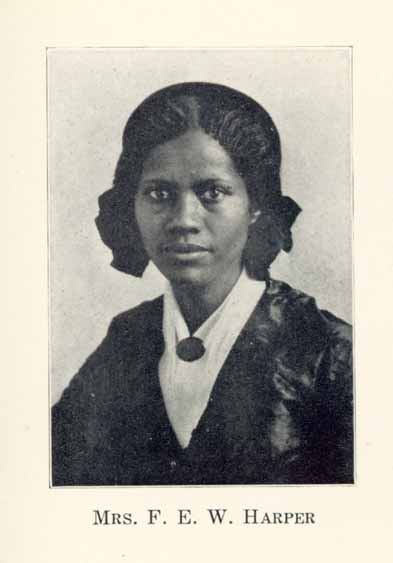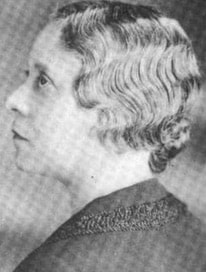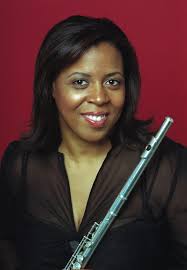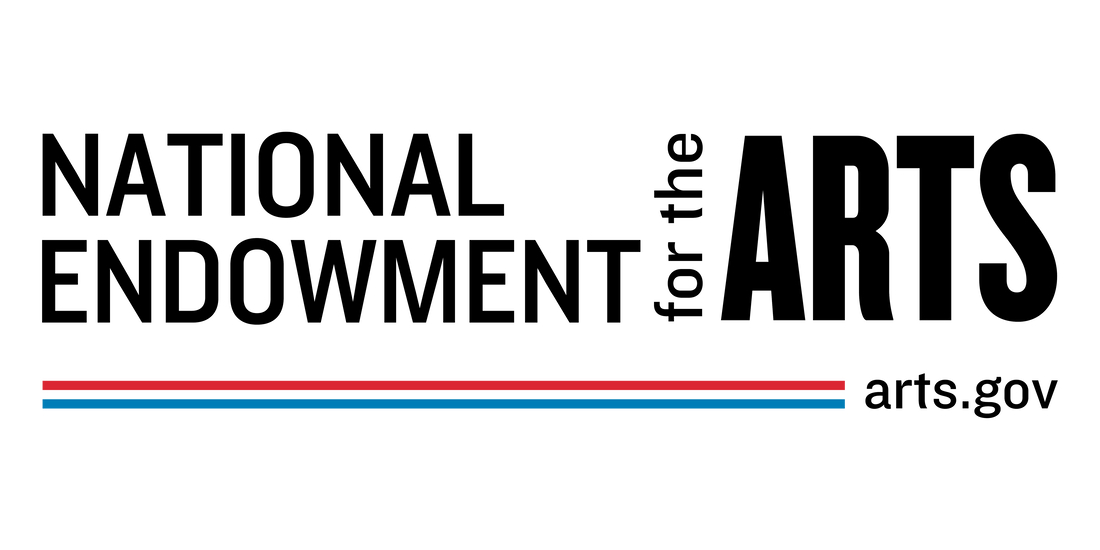OverviewFROM BIRTh OUR VOICES ARE TOOLS which work IN SERVICE TO a developing SENSE OF AGENCY. THROUGHOUT History, THREAT OF VIOLENCE FROM institutionalized POWER STRUCTURES has stripped marginalized groups of access to this tool. They were silenceD, and prevented from commanding their own fate. Still, the human spirit finds ways to rejoice, Black people have always turned to craft whether in the midst of strife or contentment. WOmen have aways found ways of accessing their power through expressions of the heart. THrough their most creative channels women reclaim their voices, and use it to shape their cultural community. . Francis ellen Watkins harper... |
Details
Writings, musings, photos, links, and videos about Black Artistry of ALL varieties!
Feel free to drop a comment or suggestion for posts! Archives
May 2024
|
Member Login
Black concert series and educational programs in Boston and beyond




 RSS Feed
RSS Feed










